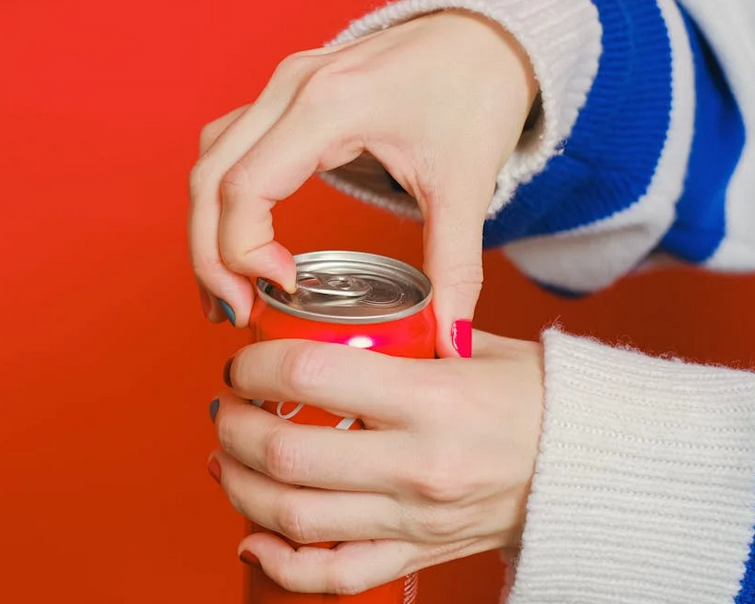There’s something magical about the sounds that defined our youth—they transport us back to simpler times faster than photographs or even smell. Those distinctive clicks, whirs, and mechanical sounds that once formed the soundtrack of our everyday lives have largely disappeared from today’s digital world. Yet when we hear them, even briefly, they unlock a flood of memories so vivid we can almost taste the Tang and feel the shag carpet beneath our feet.
1. The Metallic Rattle of Pulling the TV Dinner Tray from the Oven
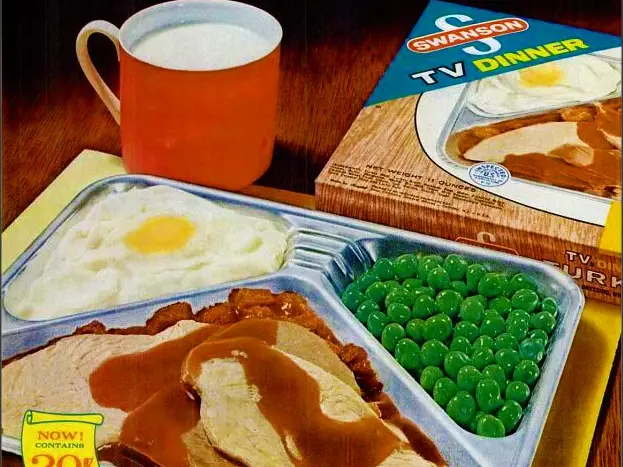
That distinctive aluminum rattle as you carefully extracted a TV dinner from the oven (and later, the microwave) signaled a special kind of convenient comfort food. The compartmentalized trays kept your salisbury steak from touching your apple cobbler—a design feature that appealed to the most particular eaters among us. On top of sparking nostalgic memories, the TV dinner, as reported by Smithsonian Magazine, they also came from some significant parts in American history.
These meals often accompanied evening television watching, perhaps during Walt Disney’s Wonderful World of Color or the Ed Sullivan Show, perched on TV trays in the living room rather than at the dining table. The aluminum trays themselves often found second lives as makeshift sleds on snowy hills or containers for small treasures, extending their usefulness long after dinner was over.
2. The Satisfying Chunk of Hanging Up a Telephone Receiver
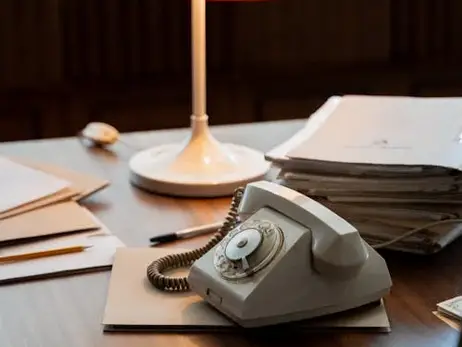
In an age before “ending call” buttons, conversations concluded with the definitive action of placing the heavy receiver back in its cradle. Angry calls could end with a dramatic slam that would be impossible to replicate with today’s gentle screen taps. A retrospective by CBS News puts into perspective just how much the phone has evolved, and how it has evolved the country.
Phone conversations themselves were different—being tethered to a specific location in the house meant focusing on the conversation without today’s multitasking. The phone itself was a shared family resource, often mounted on the kitchen wall or sitting on a dedicated table in the hallway, making private conversations a rare luxury usually conducted in whispers with the cord stretched as far as it would go into a closet or bathroom.
3. The Scratch of a Pencil on a Bubble Test Form
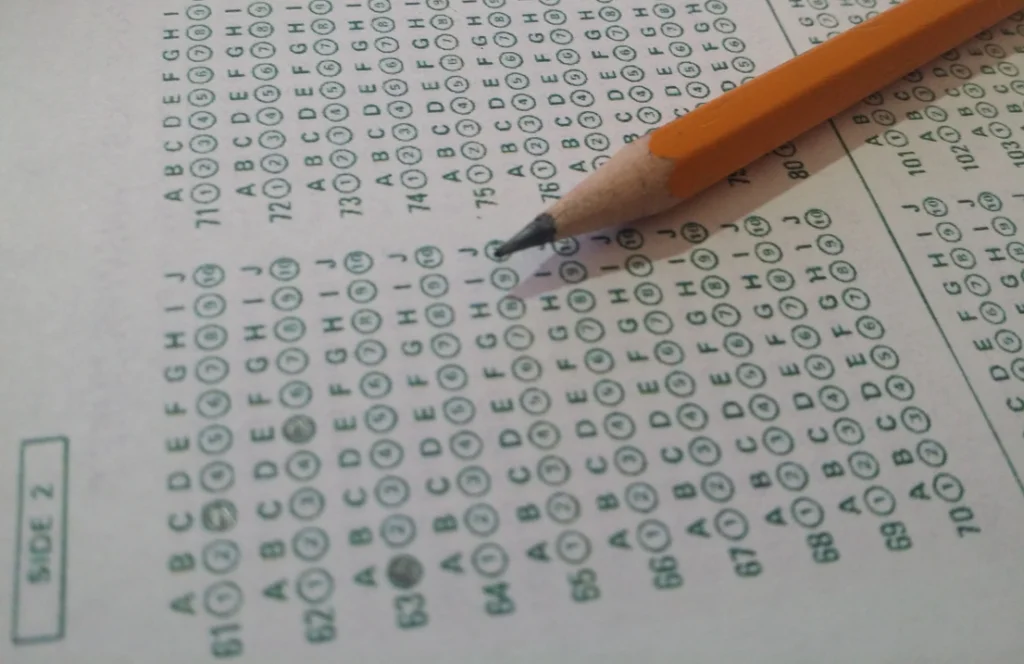
Few sounds bring back school memories like the scratch of a #2 pencil filling in those perfectly round bubbles on standardized test sheets. The pressure was on to stay within the lines, make your mark dark enough, and completely erase any mistaken answers without tearing the paper. EdTech Magazine fills in the blanks on the history behind this model of testing.
Test days had their own rhythm—the distribution of materials, the synchronous rustling of papers being turned over, the teacher’s instructions to “begin now,” and then the classroom falling silent except for the collective scratching of pencils. The distinctive pink rectangular erasers, slightly waxy Blue Books for essay questions, and the smell of pencil shavings all created a multisensory experience for these academic rites of passage.
4. TV Static and the National Anthem at Sign-Off

Remember when television didn’t run 24 hours a day? That distinctive blast of static that came on after the national anthem played and the station signed off for the night meant one thing—you’d stayed up way too late. The test pattern that often accompanied this static seemed almost hypnotic in the darkened living room.
Late-night TV watching often meant being the last one awake, the blue glow of the screen illuminating your face as you turned the volume down low so as not to wake the household. When the anthem began to play over footage of waving flags and military scenes, you knew your evening entertainment had reached its official end—a concept utterly foreign to today’s streaming generation.
5. The Clack-Ding-Swoosh of a Manual Typewriter
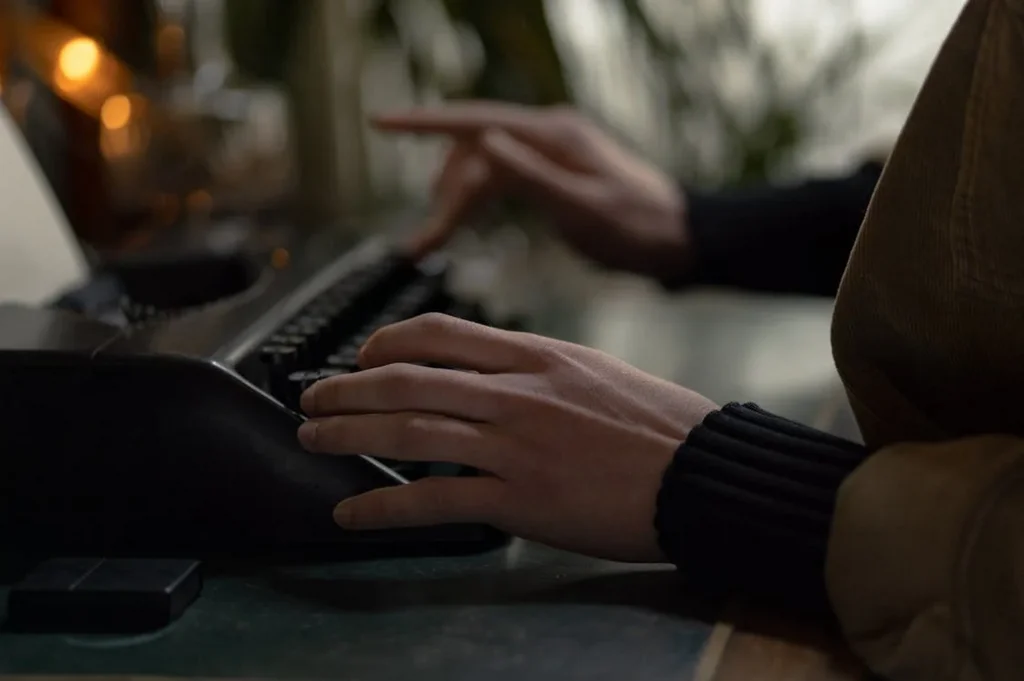
The symphony of sounds from a manual typewriter—keys striking paper with authoritative clacks, the bell signaling the approaching margin, and the satisfying swoosh of the carriage return—created a percussion section for productivity. Making mistakes was costly, requiring either messy correction fluid or starting the page over entirely.
The physical effort required to press those keys meant every word was deliberately chosen, unlike today’s easy backspace deletions. Many of us learned to type on these mechanical wonders, our teachers walking up and down rows of Royal and Smith-Corona machines, reminding us to keep our wrists up and fingers curved in proper position while the classroom filled with the sounds of synchronized typing drills.
6. The Buzz and Flicker of Fluorescent Lights at the Department Store
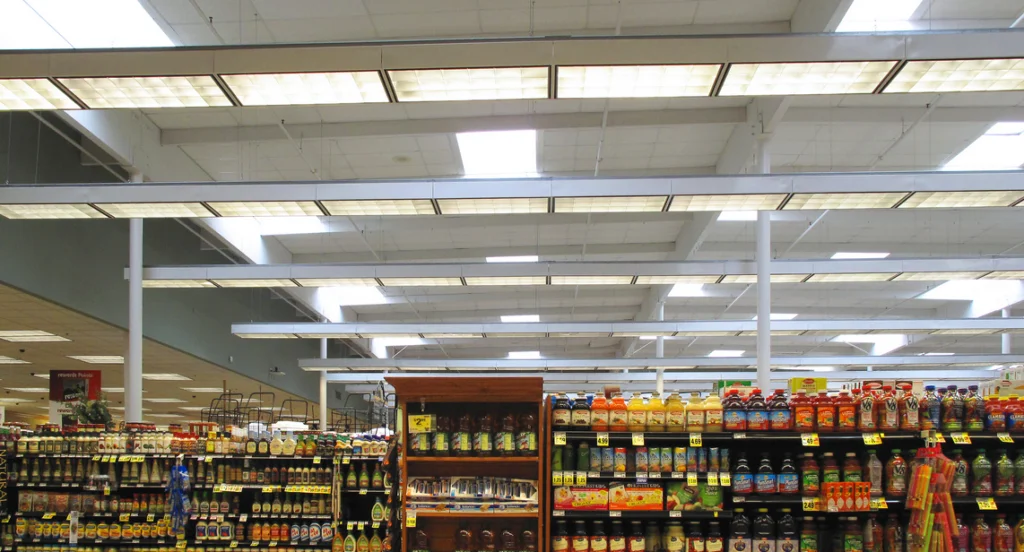
That distinctive electrical hum accompanied by an almost imperceptible flicker was the soundtrack to shopping trips downtown. Department stores like Sears, JCPenney, and local five-and-dimes all shared that same institutional lighting that cast everything in a slightly greenish glow.
These shopping expeditions were major outings—getting new school clothes, picking out a special occasion outfit, or browsing the toy section while holiday music played overhead. The lighting created a distinct atmosphere that, combined with the smell of new clothes and the gleam of polished floors, defined the retail experience before shopping malls and online ordering changed everything.
7. The Snap-Hiss of Opening a Soda Bottle

Before twist-off caps became standard, the ritual of opening a bottle of Coke or Pepsi required a dedicated tool and produced a distinctive snap followed by that satisfying hiss of escaping carbonation. Finding a bottle opener could be a treasure hunt in itself, though many homes had one mounted right on the wall near the refrigerator.
Those glass bottles sweating in the summer heat delivered a drinking experience no aluminum can could match. The thick green glass kept your drink colder longer, and somehow, the soda itself tasted better—crisper and more refreshing. Returnable bottles meant saving empties in their cardboard carriers to trade in for deposits, teaching us about recycling long before it became mainstream.
8. The Melodic Jingling of the Ice Cream Truck
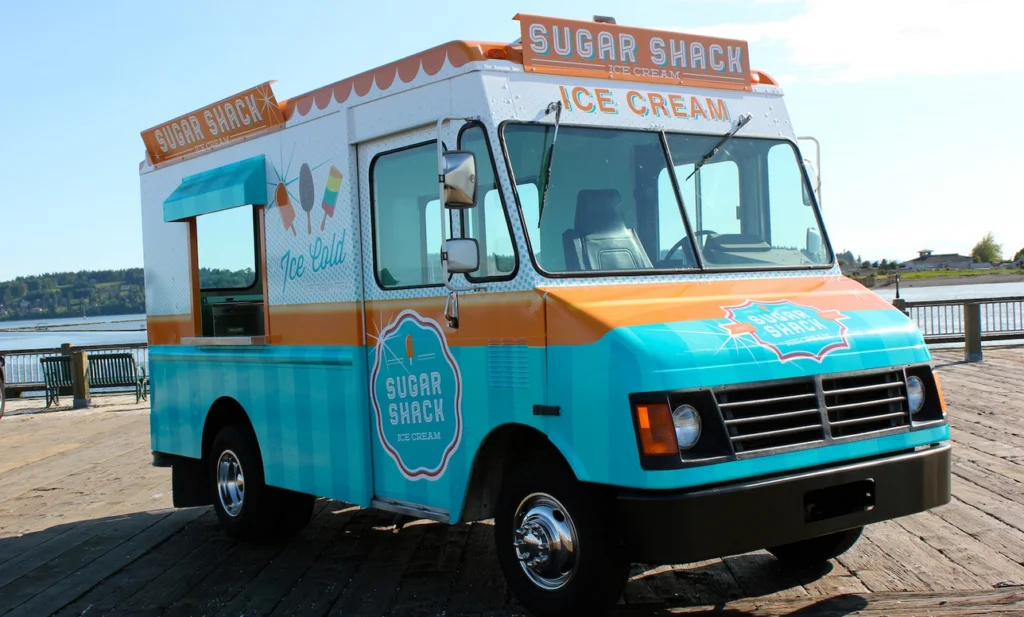
No sound could empty a neighborhood of children faster than the distant, tinkling melody of the approaching ice cream truck. That music box rendition of “Turkey in the Straw” or “Pop Goes the Weasel” sent kids scrambling for change and pleading with parents for a few quarters for a Popsicle or Drumstick.
The anticipation built as the music grew louder, and spotting the white truck turning onto your street felt like winning the lottery. Standing on hot sidewalks, barefoot and sunburned, deliberating between a Fudgsicle or a Push-Up while the driver waited patiently—these moments formed the cornerstone of summer memories that no modern convenience store freezer section can replicate.
9. The Ka-Chunk of a Polaroid Camera Ejecting a Photo
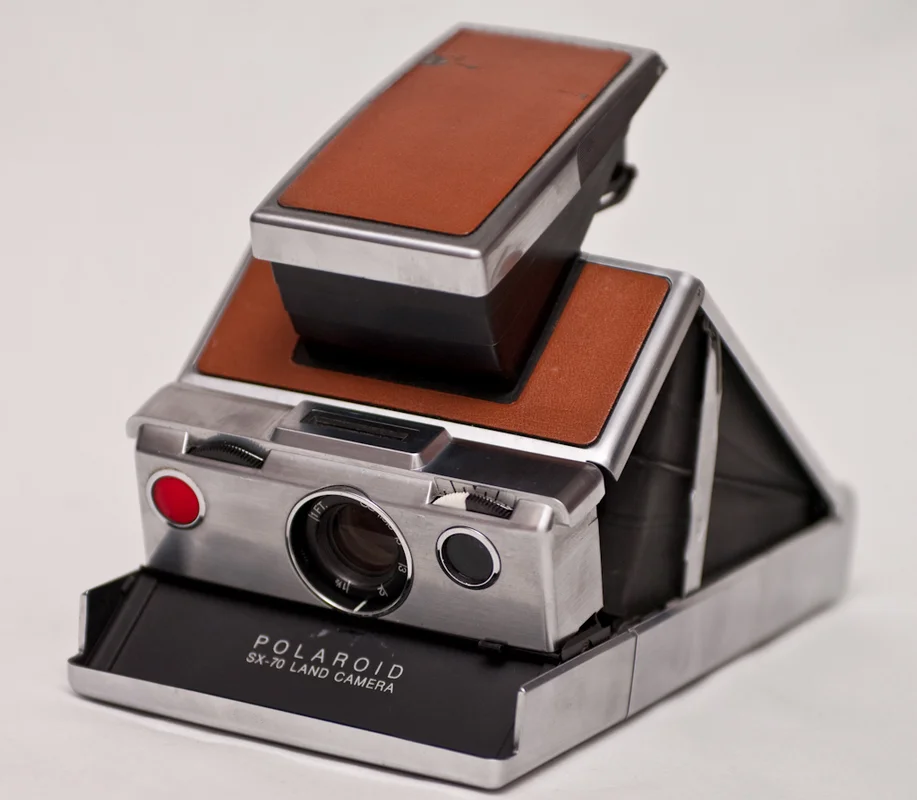
That mechanical sound of a Polaroid camera spitting out a blank square was the sound of memories being captured in real time. The camera itself made a distinctive series of noises: the initial click of the shutter, followed by whirring gears, and finally that satisfying chunking sound as the photo emerged.
What followed was even more magical—gathering around the developing image, waving it in the air (despite being told not to), and watching as faces and places slowly materialized from the gray-green chemical fog. Unlike today’s instant digital preview screens, there was suspense—would everyone’s eyes be open? Would your finger accidentally cover the lens? Each Polaroid was one-of-a-kind, making those imperfect shots all the more precious.
10. The Swoosh-Click of Inserting an 8-Track Tape
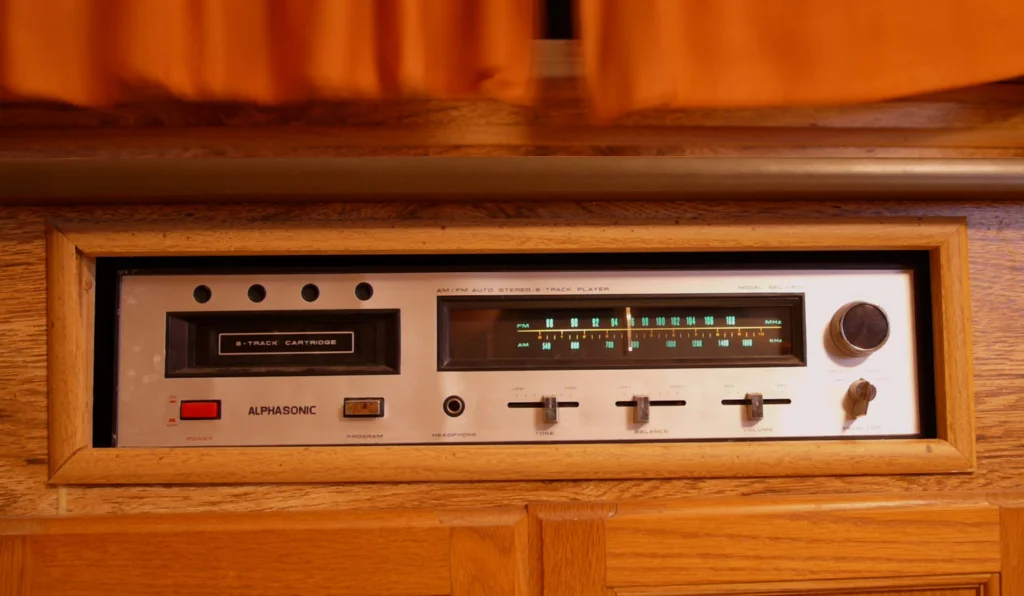
Before cassettes and CDs, the 8-track tape reigned supreme in our car stereos, producing a mechanical click as you pushed the bulky cartridge into the player, followed by the whirring sound as the endless loop of magnetic tape found the beginning of a track. The inevitable “ka-chunk” mid-song when tracks changed could interrupt even the most heartfelt ballad.
Road trips meant packing a case of these tapes, their plastic cases warm from sitting on the dash in the sun. Unlike the precise song selection of today’s digital music, 8-tracks required patience—fast-forwarding was imprecise at best, and finding your favorite song often meant listening through others first. Yet there was something satisfying about the physical connection between pushing in that cartridge and the music that followed.
11. The Distinctive Click-Whirl-Return of a Rotary Phone
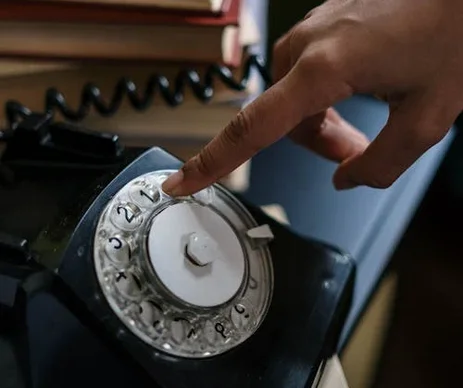
That unmistakable sound of your finger placing the dial, dragging it to the metal stopper, and the satisfying click-click-click as it returned to position made phone calls an experience, not just a communication method. Remember waiting impatiently to dial the next number while the rotary wheel made its deliberate journey back to the starting position? Local calls became a test of patience, while long-distance numbers felt like running a marathon.
Those precious moments while dialing gave you time to think about what you’d say, unlike today’s instant connections. For many of us, the rotary phone in the kitchen—with its impossibly tangled cord that somehow stretched just far enough to reach the hallway for a hint of privacy—was our lifeline to school friends, first crushes, and grandparents who lived too far to visit regularly.
12. The Static Burst Before a Vinyl Record Starts to Play
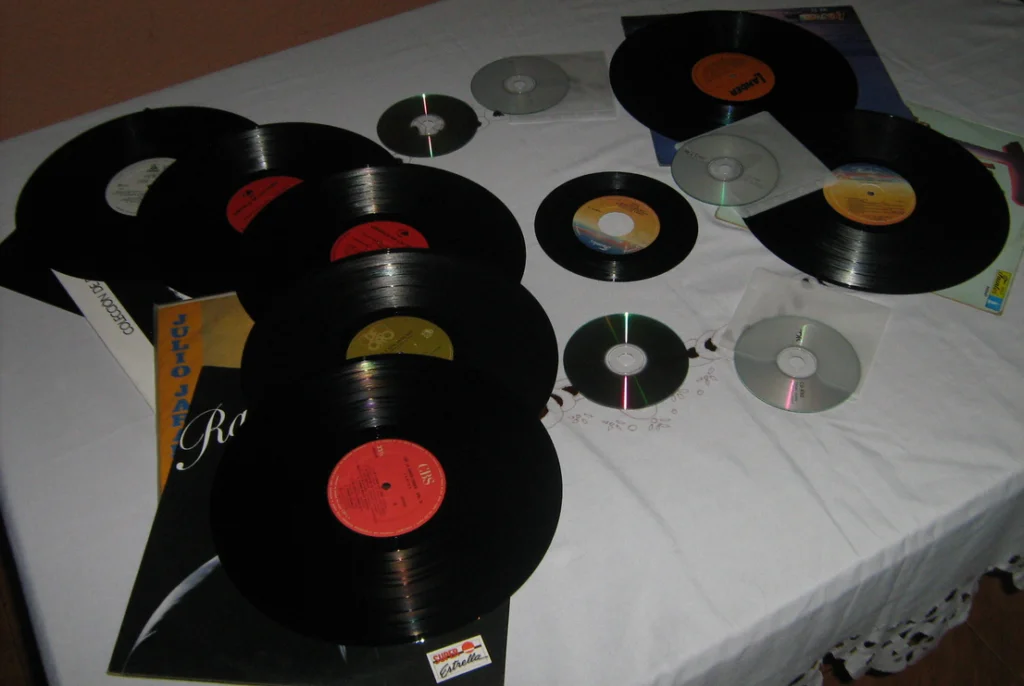
There’s a pregnant moment of anticipation after you’d carefully place the needle on a record—a brief burst of static followed by silence before the first notes began. That crackly sound meant something magical was about to happen, whether it was The Beatles, Elvis, or Creedence Clearwater Revival about to fill your bedroom.
The ritual was just as important as the music itself: sliding the record from its paper sleeve, handling it only by the edges (after a stern lecture from Dad about oil from your fingers ruining the grooves), and gently placing it on the turntable. Albums weren’t just music—they were experiences, with their large format artwork, liner notes you’d read while listening, and the periodic need to get up and flip to side B, making you an active participant rather than a passive listener.
For those of us who grew up before the digital age, these sounds aren’t just nostalgic curiosities—they’re portals to our past that connect us to formative experiences and simpler times. While technology has given us convenience and capabilities we could never have imagined, something has been lost in the transition to quieter, more efficient devices. These sounds remind us of an era when interactions with our world were more tactile, deliberate, and sometimes wonderfully imperfect—just like the memories they created.

